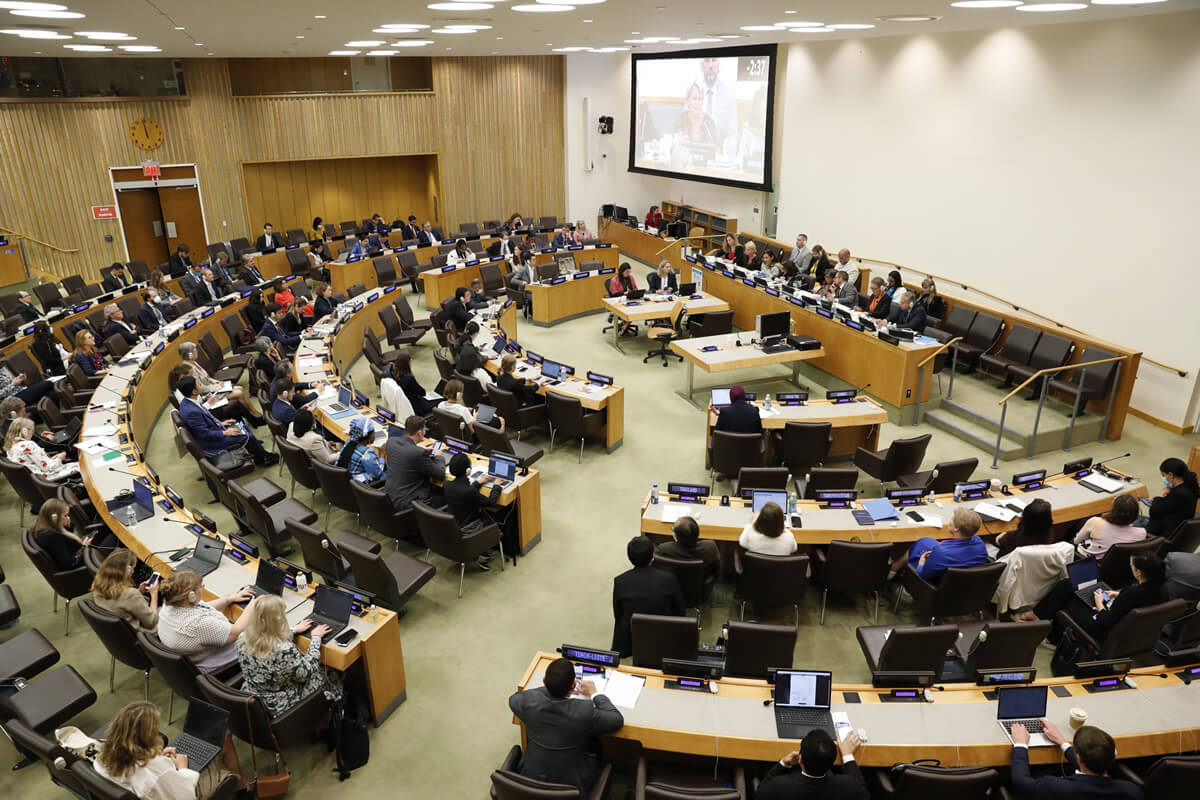The Cornell Center for Advanced Computing (CAC) is among five collaborators awarded a $3.5 million grant from the National Science Foundation to develop communications infrastructure to coordinate and connect multi-messenger astrophysics research across the globe.
Adam Brazier, a computational scientist with CAC, is co-principal investigator for the project, which is being led by the National Center for Supercomputing Applications (NCSA) and the Scalable Cyberinfrastructure to support Multi-Messenger Astrophysics (SCIMMA) group. Other team members include the Las Cumbres Observatory (LCO), the University of California Santa Barbara, and Penn State University.
As the name suggests, multi-messenger astrophysics (MMA) is a field of study where astronomers are bringing together different “messengers,” or ways of studying the universe, such as photons, gravitational waves, and high-energy particles. By combining these different data points, MMA can probe questions in fundamental physics through astrophysics. For example, the first, and, to date, only known explosion associated with the merger of two neutron stars – a kilonova – detected by the LIGO-VIRGO-Kagra (LVK) Collaboration provided astronomers insight into how the heaviest elements in the universe were synthesized.
The new communications tools provided by this effort will allow astronomers and physicists to communicate more rapidly, robustly and in a way that combines messages that both a human and a machine can read. For instance, physicists can send announcements of approximately where in the sky two neutron stars merged together. These can immediately be read by software, which triggers robotic telescopes, such as those at the Las Cumbres Observatory, to start observing the region, even if astronomers are asleep. Astronomers can then report their findings in a way that will instantly be accessible to other telescopes and facilities. The infrastructure is cloud-based, robust to single-point failures and has low latency. This allows more rapid action by astronomers to quickly observe changing phenomena before they disappear.
“More kilonovae could also teach us about the nature of dense nuclear matter, the formation and structure of jets and gamma-ray bursts, and the nature of gravity in the few seconds before a black hole is created in the merger, all while helping to resolve open questions in cosmology,” said Gautham Narayan, deputy director for the Center for AstroPhysical Surveys at NCSA and principal investigator of the project. “Coordinating multiple facilities to enable these kinds of discoveries is the key reason for SCIMMA.”
The project team will work to build standardization between different subfields, as well as enable rapid response and global coordination of limited resources. This will necessitate a massive leap forward in the communications infrastructure currently employed.
Narayan added that “Even a relatively modest investment can produce huge gains in the efficiency of billion-dollar investments for experiments such as the LIGO-VIRGO-Kagra Collaboration, the IceCube Neutrino Experiment and the Vera C. Rubin Observatory. This will have transformative effects in automating and speeding up both communications and research in other areas of time-domain science, including planet discovery, supernovae, Active Galactic Nuclei, Tidal Disruption Events, stellar variability and more, but the vision behind SCIMMA is even grander. What we are doing is really laying the foundation for a unified ecosystem for future astrophysical surveys. By breaking down the barriers between these experiments, and building a shared infrastructure where researchers can collate, process, and analyze data from all these experiments together, we are working to enable science that simply has not been possible.”
“We’ll apply Cornell CAC’s cyberinfrastructure and software expertise to build upon the SCIMMA infrastructure and empower a multitude of MMA discoveries for years to come,” said Brazier. “MMA requires performant, reliable and user-friendly real-time services that foster seamless integration within the scientific community. Achieving this goal will require the dedicated efforts of domain scientists, computer scientists and cyberinfrastructure professionals, all of whom form an integral part of the SCIMMA team.”
This grant was awarded by the National Science Foundation Office of Advanced Cyberinfrastructure and is jointly supported by the Division of Astronomical Science and the Physics at the Information Frontier program in the Division of Physics.







